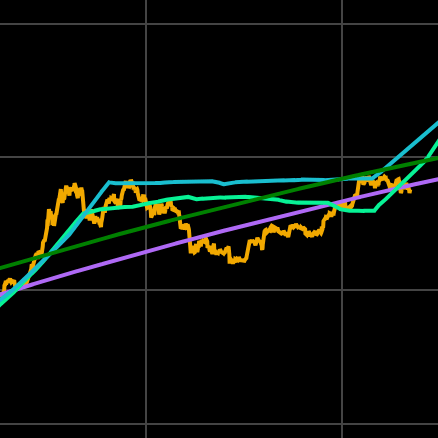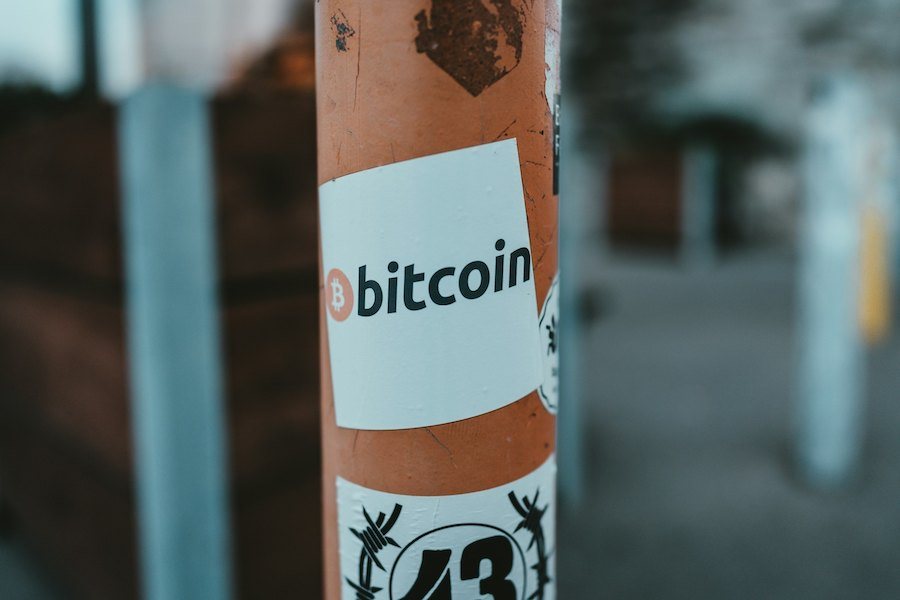
Key Takeaways
- Gold has become the world's second most held reserve asset.
- Central banks have purchased one-eighth of all gold mined since 2008.
- Repatriation of overseas dollars could surge US inflation by up to 100%.
In an unprecedented shift in the global currency hierarchy, gold has ascended to the position of the world’s second most held reserve asset, trailing only the omnipresent US dollar.
This significant development, reported by the International Monetary Fund (IMF), follows over a decade of substantial gold acquisition by central banks worldwide. Since the 2008 financial crisis, central banks have purchased one-eighth of all gold mined.
Speculation over central banks’ motives for this gold-buying spree includes strategic asset diversification and preparations for potential global financial instability.
A senior Dutch central banker recently affirmed the latter as a reason behind their actions, lending credence to the theory of impending financial catastrophe preparation.
Gold’s rise has led to a reevaluation of the US dollar’s dominance. Historically, gold’s smaller market size and higher transaction costs maintained the dollar’s supremacy.
However, experts suggest that a reduction in gold transaction friction, through market growth or technological advancements like gold-backed stablecoins, could challenge the dollar’s ‘winner takes all’ advantage.
A potential shift from dollar reserves to gold could have profound implications for the United States.
The repatriation of the vast number of dollars held abroad—estimated at eight to ten trillion dollars—could double the US currency supply, leading to a surge in inflation rates by 50 to 100%.




